Most outdoors retailers stock a huge range of walking shoes and boots. The choice includes shoes and boots for different seasons, including summer and winter; footwear for men, women and kids; boots and shoes in leather or fabric; and boots and shoes with a wide variety of different soles to suit varying trains. So how do you know which pair to buy?
Boot/shoes basics
Shoes and boots should be suited to your walking holiday destination and the time of year. This will narrow down your choice. So for a walking holiday in summer on trails, choose a pair of two-season shoes or boots with soles suitable for rough trails. If you are planning a walking holiday in the autumn or spring when the weather is less favourable and at higher altitude on rough trails and paths buy boots that are rated three-season and with soles that will grip on wet rocks and loose trails. Winter, or four-season, boots are reserved for extreme conditions and when mountaineering or climbing. You can, of course, wear these boots for all kinds of walking but you may find them to be stiff and heavy. A good outdoors store sales assistant can advise on all these points and you should also check what the manufacturer recommends for the use of the footwear. You should also consider whether it will be wet where you are walking. If so, choose shoes or boots with a waterproof/Gore-Tex lining or leather. Wet feet while walking will be uncomfortable and could easily lead to blisters. Fit is also vitally important. Try on several pairs of boots or shoes and make sure that they feel immediately comfortable. These days you should not need to spend weeks “wearing in” boots or shoes. Most stores will also allow you to try the footwear at home (without going outdoors) so that you can be sure they feel comfortable while walking about. Make sure you have worn your walking boots and shoes on several outings before setting off on a walking holiday. The last thing you want is sore feet due to ill-fitting boots when abroad.
Walking shoes versus boots
In the summer months and on trails rather than rocky paths, it’s possible to wear either walking shoes or boots. The ankle support offered by boots is important if you are going to be walking in places where there is a higher chance of slipping on wet ground or on terrain where your feet and ankles will be put under pressure. For example, rocky paths are more likely to cause your feet to turn in or out on themselves and therefore roll your ankles. The ankle support of boots helps to prevent any damage of ankles. If you are going to be walking on easier going trails and/or tarmac or pavements, lightweight walking shoes with lots of cushioning will be a huge bonus. You might even consider walking in the trainers that you usually use for running.
Summer walking boots with a mid-height ankle.
Walking boots with a mid-height ankle could also be a great choice. Mid-height walking boots are usually lighter and easier to wear than full height ankle boots so they are perfect for summer walking holidays. You still gain the support of a mid-height ankle but with great flexibility and comfort than a full-height ankle.
Your walking boots or shoes should suit the terrain that you will be walking on.
Summer walking boots can be lighter than winter walking boots because they do not need to withstand the harsh conditions of winter weather and terrain. It is a joy to wear a lightweight walking boot simply because they feel lighter on your feet.
Leather versus fabric walking boots
Many people have a personal preference. Leather walking boots and shoes will generally last longer than fabric although this is not strictly true. A modern and high quality fabric boot should stand the test of time like a leather boot. On average, fabric boots will be lighter than leather boots and they are usually more comfortable from the outset. That said, many of today’s leather boots are designed to be lightweight and very comfortable. Leather is very long-lasting and there are numerous anecdotes of people wearing their leather boots for decades. It’s rare that walkers in fabric boots can say the same thing because fabric is more susceptible to be torn and worn on rough terrain (although I did own a pair of fabric walking boots for 15 years!). Leather is also highly waterproof while fabric boots will have a limited waterproof life. The waterproof liner does wear out with wear. On the other hand, leather boots usually make your feet sweat more than fabric boots so while they keep out the rain you could still end up with damp and sweaty feet. In the end, it comes down to personal choice and also fit. Both leather and fabric boots can be worn successfully and happily in a wide range of conditions and terrains. The best advice is to choose boots or shoes that fit well.
12 top tips for buying walking boots
- Always check out the type of terrain that you will be walking on. If you are not sure, buy boots that are for terrain that is rougher or for weather than is wetter than you expect. It is better to have a more robust boot than footwear that will be inadequate for your chosen destination.
- It is worth spending more on a reputable brand because over time manufacturers will know how to design boots to be long lasting. They want to maintain a good reputation so their boots will be created to keep customers happy.
- If you find that your chosen boots wear out or do not do what they say on the label, complain to the brand. It many cases you will receive a reply and an explanation, as well as a replacement product.
- Look for boots that have robust soles, rubber rands (the rubber skirt around the boot between sole and upper), toe caps, heel caps, good stitching etc.
- A secure lacing system is something else to look out for. Lockable eyelets help to keep laces tied and in place. Lacing that extends past the mid-forefoot will offer great adjustment and security.
- Check on-line boots reviews, too, because it’s hard for brands to hide from personalised experiences.
- Ask your walking friends for recommendations of boots that they have found to be long-lasting.
- Choose boots to suit terrain and season. It may be that the best solution is a couple of pairs of boots in your hiking footwear cupboard.
- Wear walking specific socks for extra comfort. When trying on boots, take these socks with you to the shop.
- Make sure you have a thumb's width of a gap between the ends of your toes and the front of the boot. Boots that bang against your toes will be very uncomfortable, especially when walking downhill. The forefoot of the boot should be comfortably snug around your foot and your heel should not lift in the boot when you take a step. There are many different styles and types of boots and shoes so there should be one to fit your shape of foot. Keep trying on boots until you find the right pair.
- Buy boots to suit your gender unless you have feet that better suit the boots of the opposite sex. Don’t be afraid to buy men’s boots if you are a woman or vice versa because it’s fit not design and colour that is most important.
- Don’t be tempted to buy boots because they are a sale price bargain or because of the colour. Fit and comfort is far more important in the long-term. Tell us about your favourite brands and styles of walking boots and shoes.












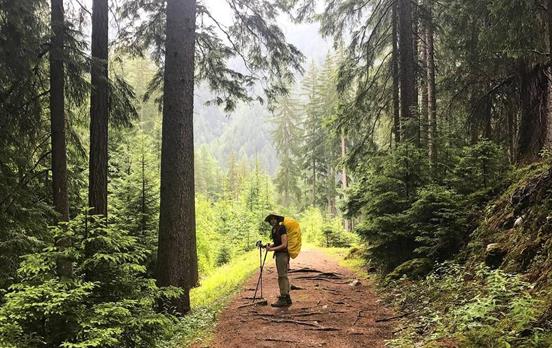







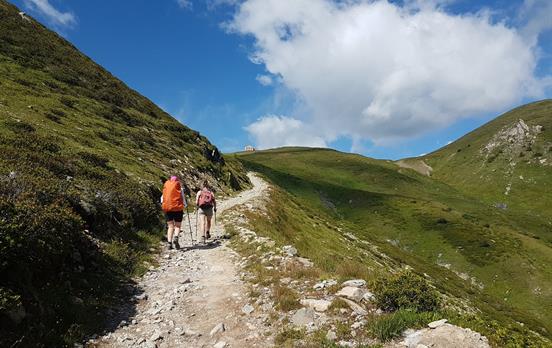


























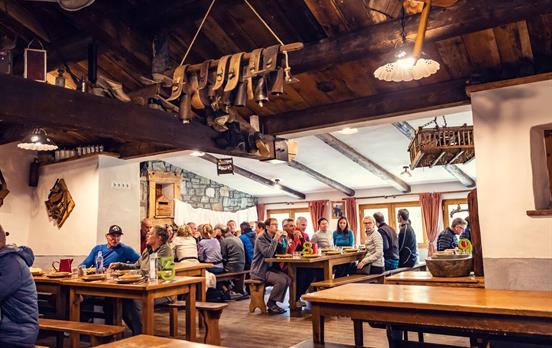

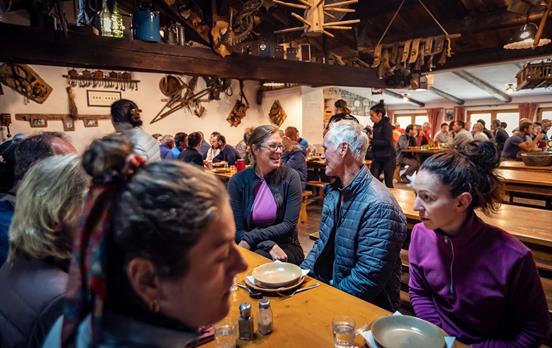






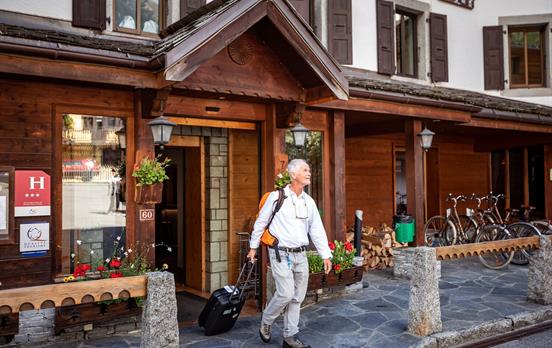

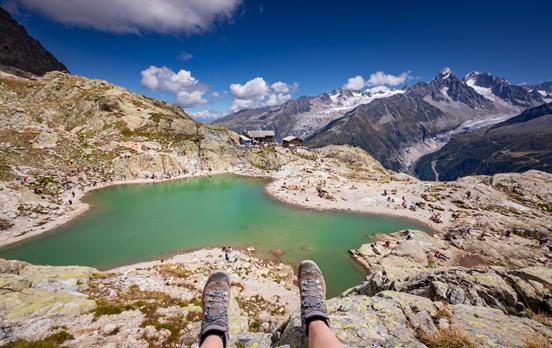









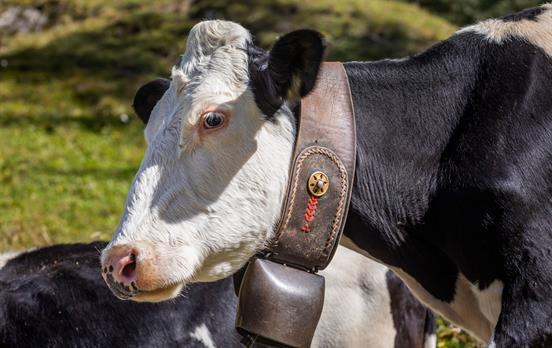













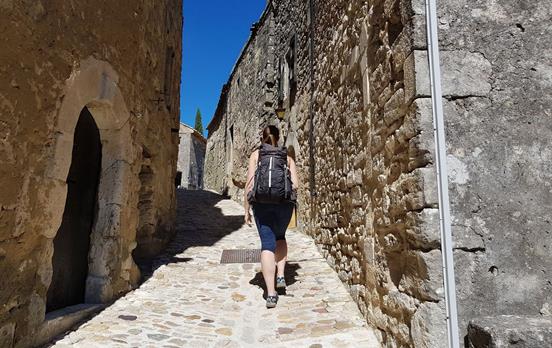
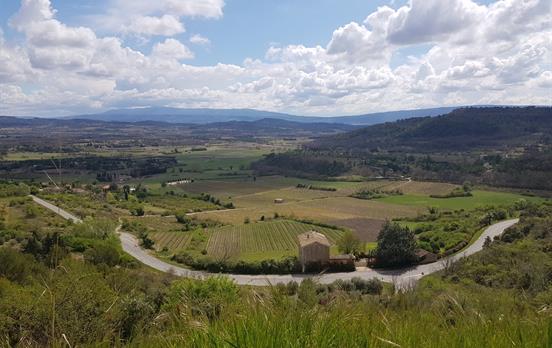


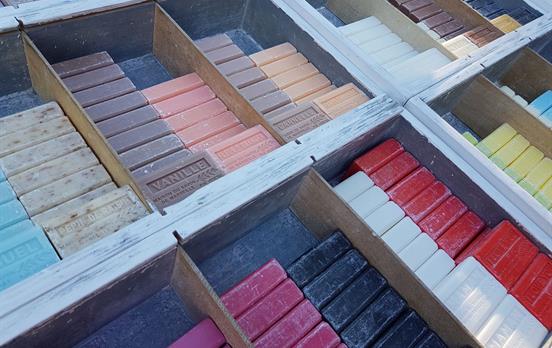


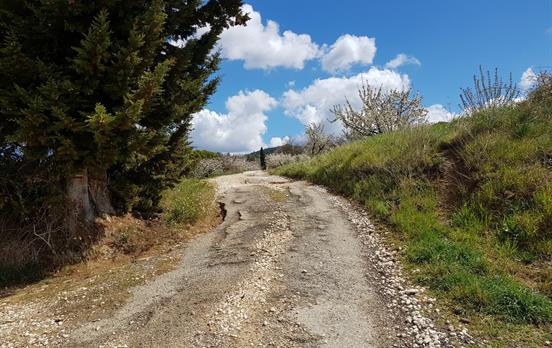
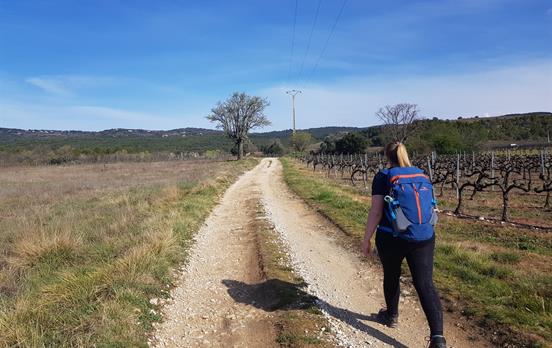





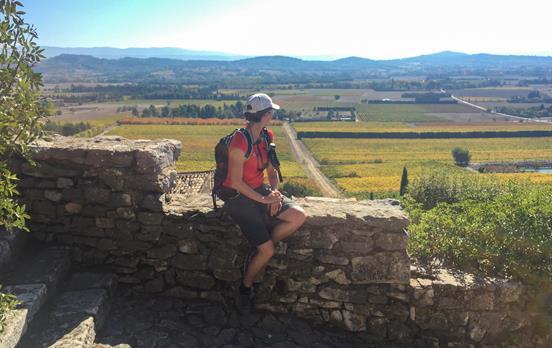



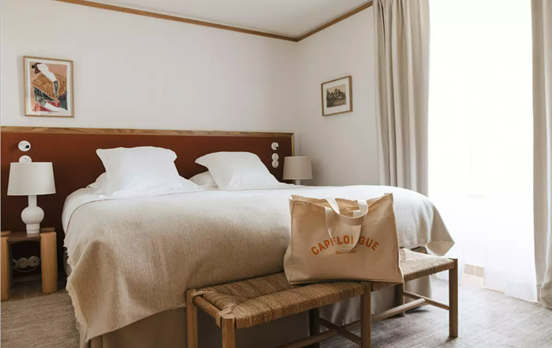
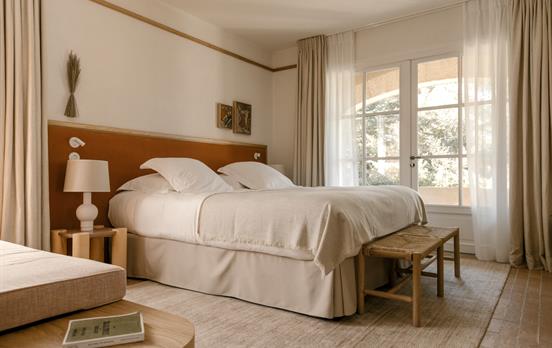







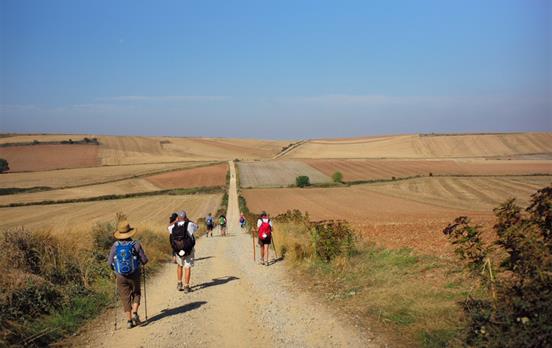














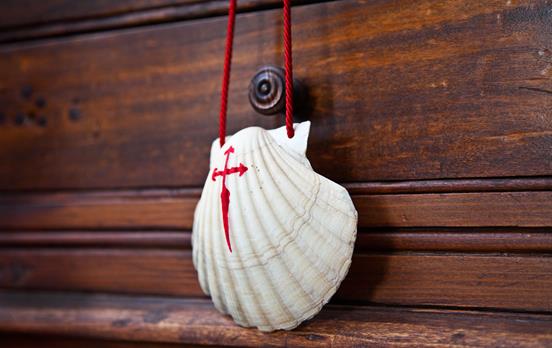























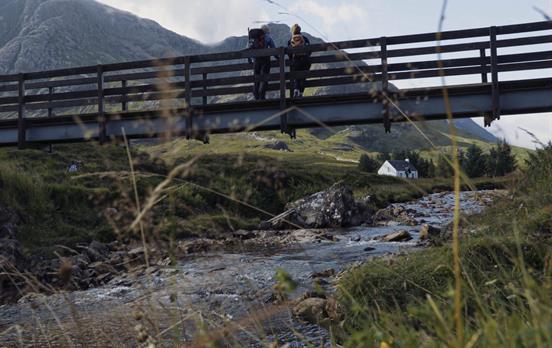


















 Australia
Australia New Zealand
New Zealand South Africa
South Africa European Union
European Union